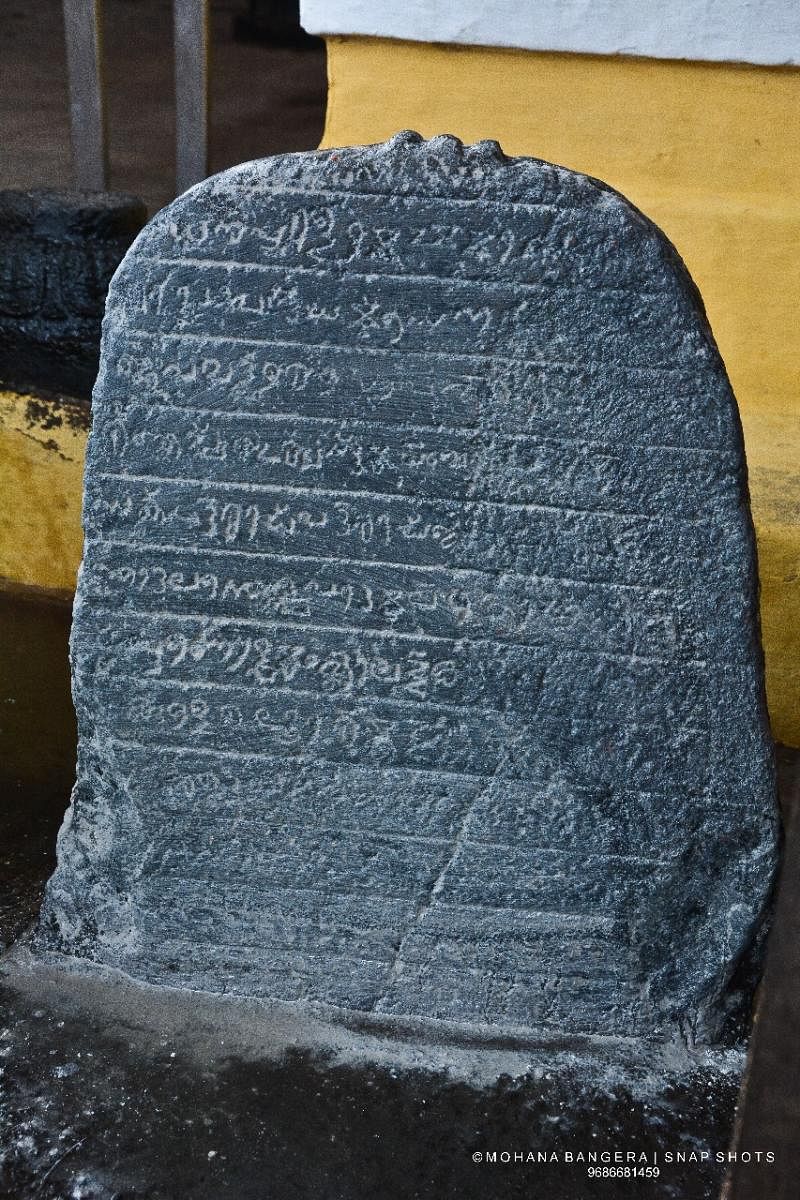
A rare inscription of great historical importance was discovered at Kulashekhara, a suburb of Mangaluru.
Kulashekhara I was a famous ruler of Alupa dynasty, who had built a new city in his own name Kulashekhara.
According to Prof T Murugeshi, professor in Ancient History and Archaeology, MSRS College, Shirva said the inscription under study is written in Tulu. The inscription begins with an invocation to Lord Hari, a Vaishnavite god, who is still worshipped as Sri Veeranarayana at Kulashekhara. It was dated in Solar year and is considered the first dated Tulu inscription discovered so far.
The earliest dated inscription of Kulashekhara I was Korsi-Kalthodu inscription which dates back to 1163 AD, which was considered as the earliest edict of ruler Kulashekhara I. But, this inscription dates back to 1159 AD, making this the earliest inscription, he said.
“It emerges as an important inscription for the study of Tulu; culture and history of the Alupas,” the professor said.
Prof Murugeshi said the inscription mentions that the god of the 12 villages ‘Pitru-Devata’ - Janardhana was the bestower of salvation for the departed souls. Interestingly, the image of Veeranarayana of Kulashekhara also holds a ball-like thing in his right hand called a Pinda,” he said.
The inscription also mentions of one Dharmasena, said to have offered worships at the temple, to ward off his sins, during the reign of Kulashekhara I. In the record, the Alupa emperor was described as “Lokantamanta”, meaning ‘famous in the universe’ in Tulu.
The record plays important role in the study of Tulu language and culture. It was written in Tulu and first of its kind in Dakshina Kannada district. Pure Tulu words like ‘Padarad’ ‘Padirad’ ‘Dik’ ‘Sak’ ‘Lokantamanta’ and others are used in the inscription. It is the earliest record of Tulu language found so far.
“This stone inscription is sure to give a big boost to the ongoing campaign for the inclusion of Tulu into the 8th Schedule of the Constitution,” said Prof Murugeshi.